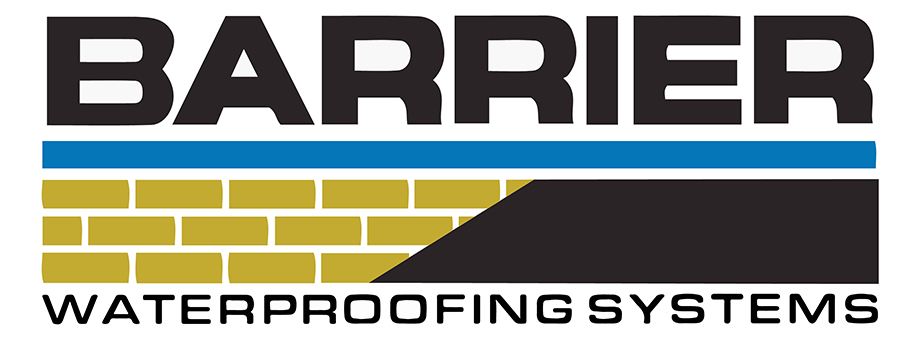Interior Basement Waterproofing
When it comes to the longevity and structural integrity of your home, safeguarding your basement floor, walls, and foundation is paramount. By proactively addressing issues, you not only preserve the aesthetics and functionality of your basement but also minimize the risk of fungal/mold growth, structural damage, and costly repairs.
It’s finally time to tackle that wet basement once and for all — now that you have the right team on your side, that is! At Barrier Waterproofing Systems, we’re passionate about the art of interior basement waterproofing. Even though we’ve been in the industry for years, we still dedicate every day to improving our techniques and enhancing our work experience. Find out more below about what sets us apart as Tennessee’s top team for interior basement waterproofing!
Contact BARRIER Today
Types of Interior Basement Waterproofing Systems
Each of the water collection systems we install has one job: to move water away from where it shouldn’t be and drain it safely outside of your home through a discharge pipe. However, since no two properties are identical, it’s important that homeowners choose an appropriate interior waterproofing system that specifically suits their current living space, as well any future plans for the space. Contact one of our waterproofing specialists to discover the right fit for your needs!
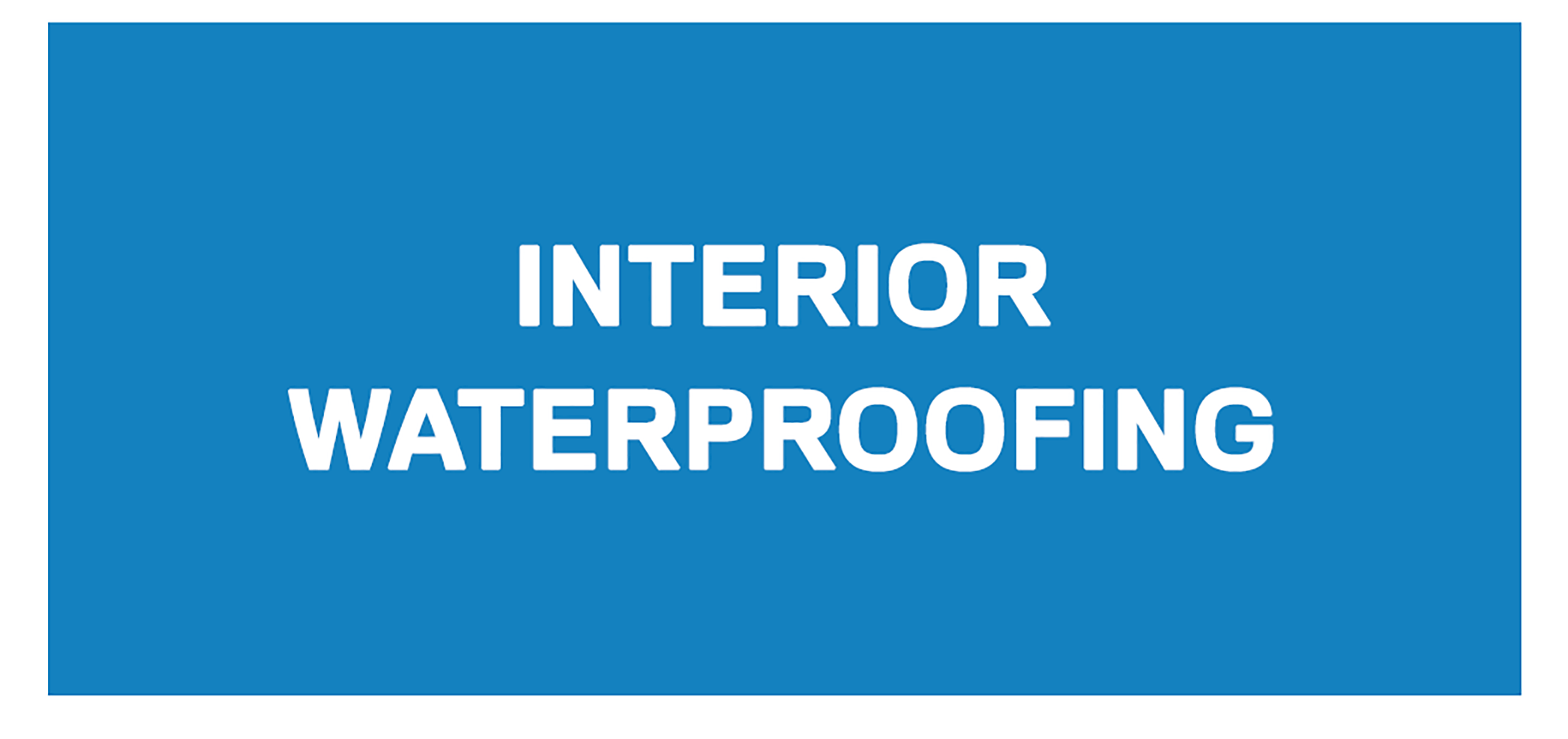
We install and service the following interior basement waterproofing systems throughout Nashville and Cookeville, TN, to protect your foundation, basement walls, floor, and property in general:
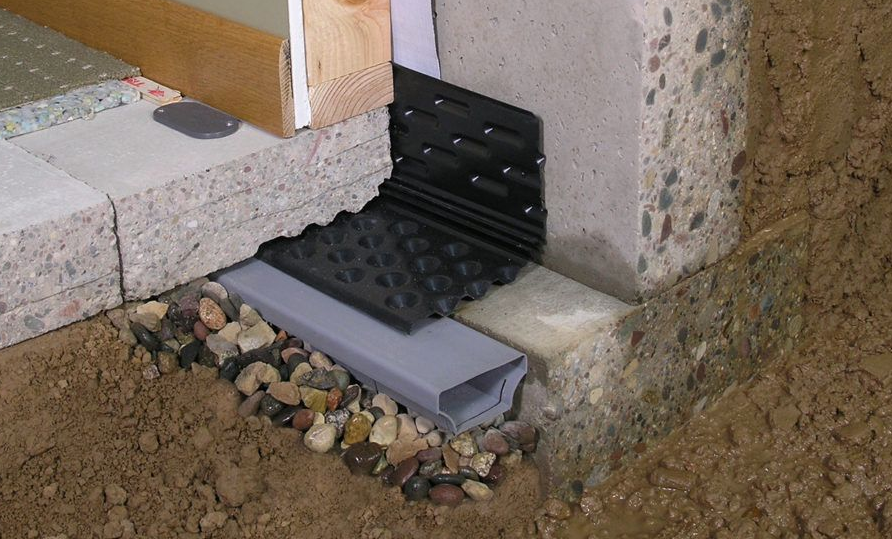
SUB-FLOOR SYSTEM
Collects Water Seepage
SUMP PUMPS & SUMP BASINS
Fast & Effective Moisture Removal
The sump pump, while not always an effective standalone solution, is the true “heart” of any interior water management system. At BWS, we primarily utilize PitBoss sump pump products, which have earned their reputation as the most reliable and durable products on the market today. PitBoss sump basins are made from injection-molded structural polyethylene to ensure long-lasting gas-tight performance and reliability.
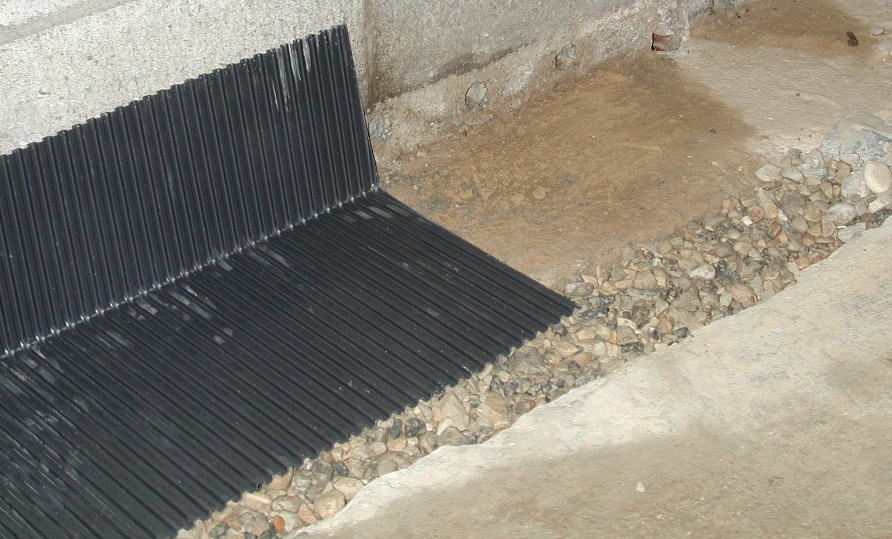
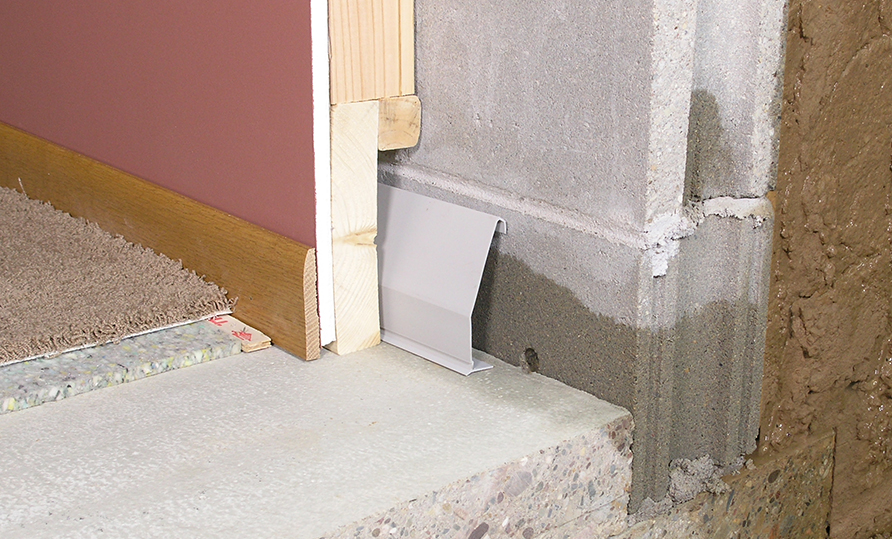
ABOVE-FLOOR SYSTEM
Non-Invasive System Collects From Joints
PUMP FAILURE BACKUP ALARMS
Avoid Pump Failure Problems
Nobody wants to deal with a wet basement after their sump pump bites the dust in the middle of a storm. To protect our customers from this scenario, our BitBoss+ systems come standard with a battery backup pump and monitoring system. The battery backup will ensure your system is pumping out water even when the power is out. The monitoring system records the performance of both pumps and will alert homeowners of any issues. You will even receive self-performing pump test data that the pumps automatically perform if they do not run for a period of time.
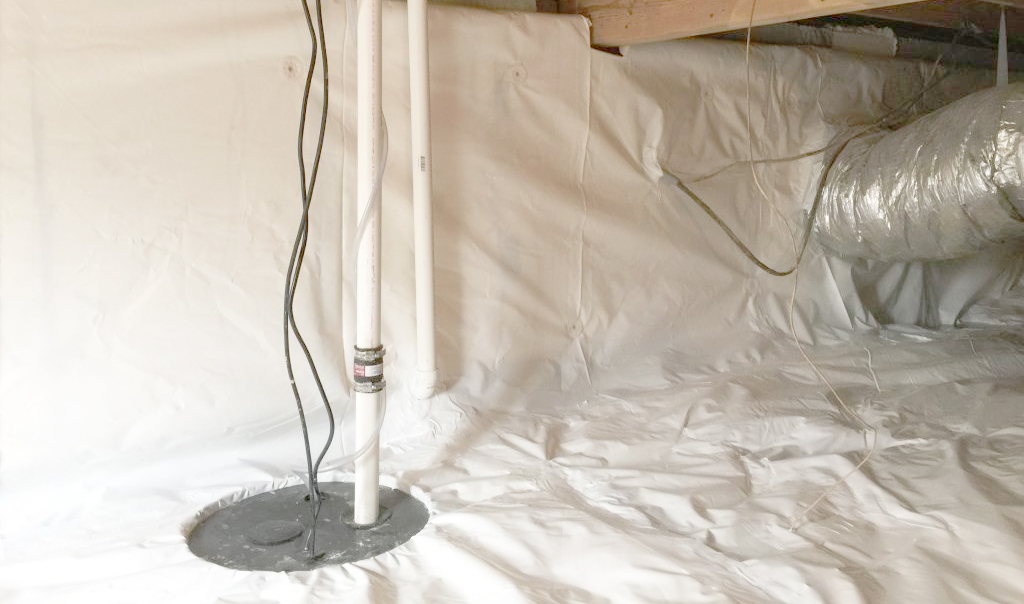
FAQs About Interior Basement Waterproofing
You may need interior basement waterproofing if you are experiencing any of the following signs of water intrusion and moisture-related issues in your basement:
- Visible water leaks
- Musty odors
- Mold and mildew proliferation
- White “chalky” deposits on walls (referred to as efflorescence)
- Peeling paint or water stains outlining block cavities
- Brown drip stains extending down a painted block from mortar joint(s)
- Cracks in basement walls
- Buckling or warping floors
- Bowed or cracked basement walls
- Unusually high humidity in basement
- Presence of pests in or around basement
Repeated problems that necessitate frequent crawlspace repair
As their names suggest, exterior and interior basement waterproofing are two different approaches used to address water intrusion issues in a basement. They involve different methods and techniques to protect the basement and prevent water from entering the living space.
Interior waterproofing in your basement is often the more cost-effective solution after water has already entered the house. It is more appropriately referred to as interior water management, as we purposely allow water to pass through the foundation walls in order to capture and remove it, whereas an exterior waterproofing system keeps water out of the foundation walls and off of the floors, keeping both the floors and walls dry.
An internal system is strictly designed to keep water off of your concrete floors. A successful interior waterproofing system involves concrete removal, trenching, installing French drains, installing a sump basin and sump pump, installing a discharge line to the exterior, replacing the concrete, and finally supplying electricity to power the pump(s).
Exterior waterproofing, in contrast, is more of a preventative measure for keeping your basement dry and protected. These systems are located outside the foundation to prevent water from wetting the walls and entering the basement in the first place. This process is ideally performed when a house is first being constructed, but BWS has perfected the process of excavating and sealing existing foundation walls and our work is GUARANTEED for life! This process is highly recommended by structural engineers as they understand that blocks do decay over time if you knowingly let water pass through.
The exterior waterproofing process requires excavation around the house to expose the foundation walls and footing so that they can be cleaned and parged. A flexible waterproofing sealant is then applied. The addition of wall board and footer drains protects the waterproofing system and eliminates the possibility of any hydrostatic pressure buildup along the foundation walls. Although more extensive than interior waterproofing systems, this type of waterproofing is most effective and preventative.
We can help you decide whether you will benefit the most from interior or exterior basement waterproofing, crawlspace encapsulation, or another solution entirely. We consider the variables that novice contractors miss or choose to ignore if they do not possess the expertise necessary for understanding and installing both types of systems. In some cases, exterior work will be more effective; in others, you may only be able to install interior protection due to construction variables. Because it is less invasive, interior waterproofing is typically cheaper than exterior waterproofing. However, remember to always prioritize the quality and effectiveness of the waterproofing solution rather than automatically choosing the cheapest option, as it can have long-term benefits for the health and longevity of your home.
You cannot effectively waterproof a concrete wall from the inside for the long term. This technique is referred to as “negative side waterproofing.” We refer to it as a band-aid fix or “liquid lawyer” (occasionally we get asked to be expert witnesses in court to share our expertise on how we knew a water problem was covered up). Many times, a fresh coat of paint on a basement wall is a sign to the buyer that the seller is trying to cover up a problem.
Some homeowners purchase waterproofing paints such as UGL DRYLOK, Thoroseal Waterproof Coating, and similar products in local big-box stores and paint their basement walls as a simple DIY project. However, we want to make sure our customers understand the potential negative effects of relying entirely on interior waterproof coating products. Here’s what you need to know:
When you “waterproof” an interior wall, you are locking moisture inside the concrete block or wall and building up hydrostatic pressure on the outside. The soil outside is damp and holds moisture against the interior painted walls, but the waterproofing paint will not easily let moisture out of the block. As a result, the concrete decays more quickly than it normally would.
If you use one of these products and your foundation does happen to decay, we would be more than happy to supply a quotation for repair. All joking aside, our goal is to help you make an informed decision and never get to this point.
The cost of interior basement waterproofing can vary widely depending on several factors, including the size of the basement, the severity of the water issues, the chosen waterproofing method, the materials used, and relevant labor rates. To receive a specific quote for your home in Nashville, Cookeville, Franklin, Smyrna, Watertown, La Vergne, Mt. Juliet, Carthage, Madison, Gallatin, Hendersonville, Lebanon, Hartsville, Brentwood, Woodbury, or Crossville, TN contact BWS today.
A sump pump is a necessary part of any interior basement waterproofing system, unless you have enough slope where a positive gravity drain can be installed. There are situations where we will install a sump pump prior to installing an interior basement waterproofing system and wait for results. For example, heavy rainfall or flash floods can lead to high water tables, especially in Nashville, TN, where much of the “green space” designated for water absorption now has houses built on it. Since the sump basin is about two feet below the surface of the concrete basement floor and the underside of the concrete floor is filled with gravel, it can sometimes allow the rising water to flow through the gravel and towards the pump and handle these extreme situations. If water squeezes up through the bottom of the floor and wall or through cracks, an interior basement waterproofing system will definitely be necessary to keep the basement dry.
Not necessarily — if there are backup measures in place, that is. Our PitBoss+ sump pump system, made of cast iron and working at 110 volts of electricity, is designed to sit at the bottom of a pit where the water is collected and pumped from the interior of the home to the exterior of the home through a discharge line. As the water level rises in the sump basin, a float switch also rises, turning the pump on once it reaches a certain height. When the water is removed from the sump basin, the float follows the water height and automatically turns off.
In the event that your primary sump pump should fail for whatever reason, we also install a secondary backup pump that runs off of a 12-volt deep-cycle marine-grade battery. This should ensure that in an emergency, the backup sump pump will still evacuate the water and the basement will not become flooded. A trickle charger makes sure the battery is always charged for emergency use. In most cases, once the battery backup kicks in, you might get about a day’s worth of pumping out of it before the battery runs out of power. The WiFi communication of the PitBoss+ controller and your smart device will keep you updated on all data needed for a properly functioning system. From alarms, to battery power indicators, to the number of cycles run on the primary pump and backup pump, we’ve got you covered with the PitBoss+ app!
Transferable Warranties
Free Inspections
Lifetime Guarantee
Safeguard Your Basement Walls & Floors Today!
Ensuring the safety and integrity of your basement is a crucial part of home maintenance, especially since water damage can lead to an array of problems. Barrier Waterproofing Systems provides top-tier interior basement waterproofing services that can protect your home from these risks. With our high-quality solutions, you can rest easy knowing your basement is secure and your home’s value is preserved. Whether you’re closer to Nashville or Cookeville, TN, we make it simple and straightforward to safeguard what matters most to you. Contact us now to get started!
